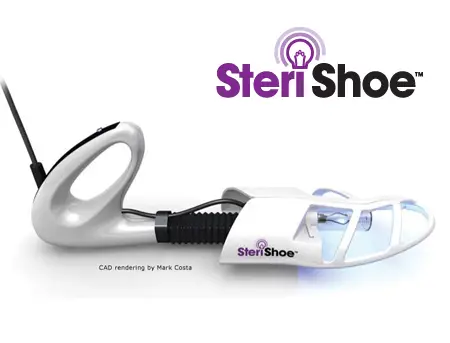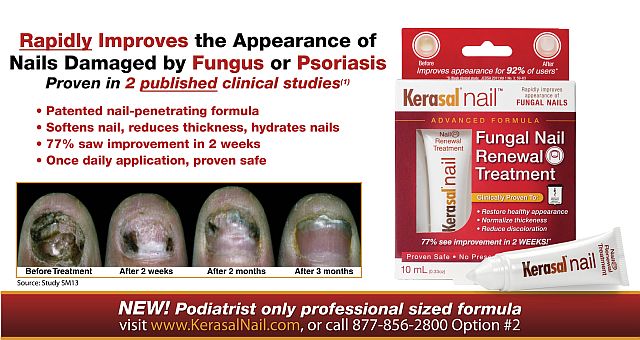“Surgery is the ONLY cure for fungal toes,” reports the UK’s Daily Mail. According to Dr. Martin Schurr, one of the leading general practitioners in England, the results of toenail fungus treatment “can be discouraging.” Topical creams and lotions do not penetrate to the root sufficiently and, therefore, do not really work. Antifungal drugs cause side effects like stomach upsets and liver damage. Some of these prescriptions need to be taken for weeks, months, or even up to a year. Worst of all, even these drugs “are not terribly effective,” Shurr says. “A better plan is to have the nail removed in a minor operation,” he reports. In the long run, it may even be cheaper!
Should You Get A Toenail Removed To Cure Foot Fungus?
Dr. Schurr recommends only considering the procedure if:
- Your nail has been tested to prove that it is, in fact, a fungal infection. Half of the suspected cases of toenail fungus end up being something else — shoe damage, psoriasis, or yellowing caused by continuous dampness.
- Only one or two nails are affected. If it’s a matter of one or both big toenails, they would be easy enough to remove under local anesthetic. Understandably, you wouldn’t want to sit through all ten coming off.
How Nail Removal Procedures Work
Nail removal is considered a minor surgical procedure that can be done right in a podiatrist’s office in about 15 minutes per nail. The area is first numbed with a local anesthetic, so you won’t feel anything more than a slight tugging as surgical instruments pry the nail from the surrounding skin. Some doctors may apply a special ointment and dressing seven to 10 days before the procedure to soften the nail so it comes off with greater ease.
Upon closer inspection, the doctor may destroy the nail bed with a chemical treatment to ensure the fungal spores are vanquished. The foot is then bandaged with gauze. Patients will be prescribed a pain killer and will need to clean the area for several days to prevent infection. Sometimes short courses of antifungal creams or medications are prescribed post-surgery. From there, it could take a good 18 months for the nails to grow in fully.

Unlike topical treatments, nail removal can address the problem of toenail fungus (onychomycosis) where it starts. Image Source: FungusFacts.com
Pros & Cons Of Nail Removal To Treat Toenail Fungus
For people with chronic toenail fungus infections, nail removal may be the best course of action. Once the nail has been taken away, topical creams can be directly applied to the area, increasing the possibility of curing the condition once and for all. The ability to destroy the root can help people with diseased or disfigured nails get a second chance. Beyond toenail fungus sufferers, some long distance runners and people with ingrown toenails may also elect to have this procedure done.
On the downside, Web MD cites risks of pain, infection and abnormal nail regrowth. Unless there is pain or a longstanding chronic problem, full nail removal is rarely performed. Also, there is still the risk that the fungus will return — especially if you are putting your feet back into footwear that has been infected by fungus. That’s why we recommend using the SteriShoe UV shoe sanitizer as part of a preventative maintenance strategy.
The post Can Nail Removal Cure Toenail Fungus Once And For All? appeared first on SteriShoe Blog.













































